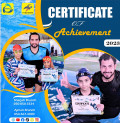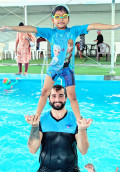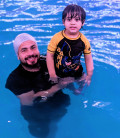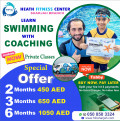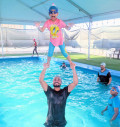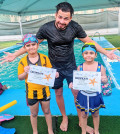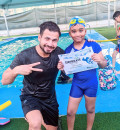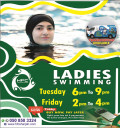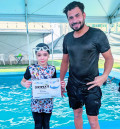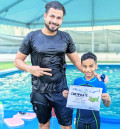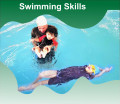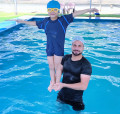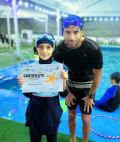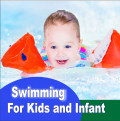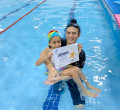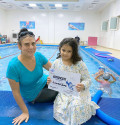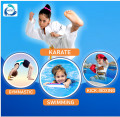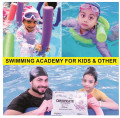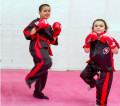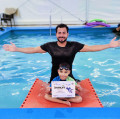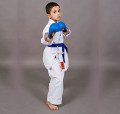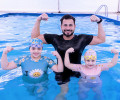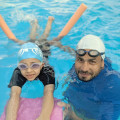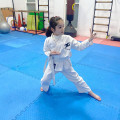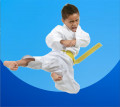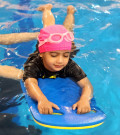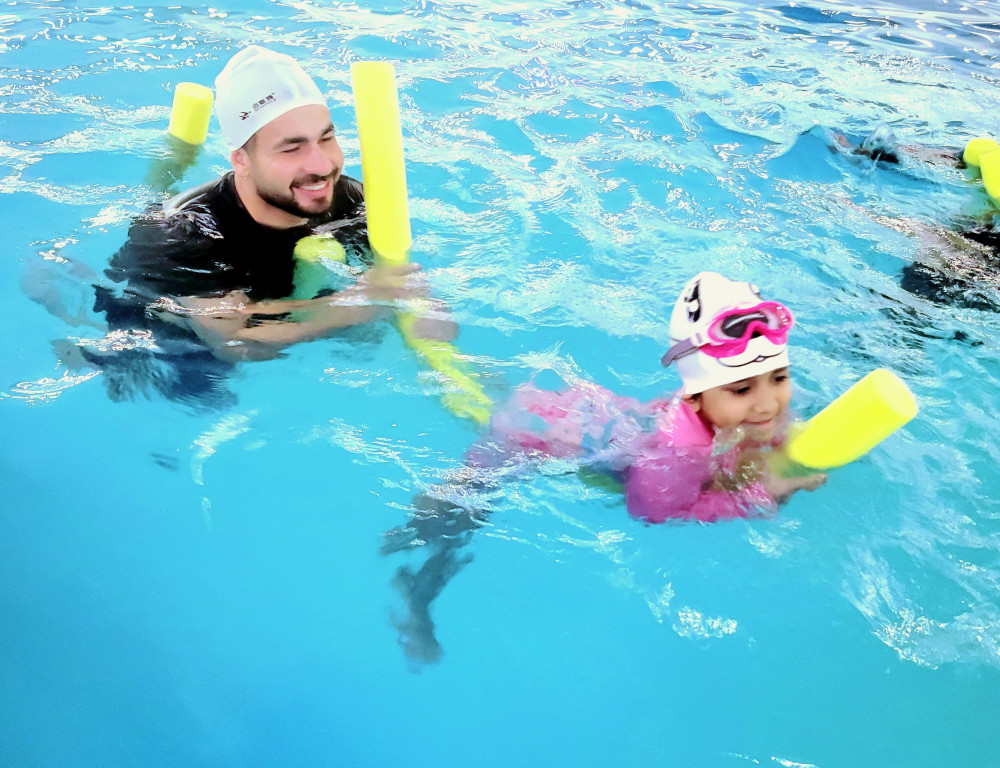
Swimming is not only a valuable life skill but also an enjoyable and healthy activity for children
2023-10-01 - swimmingSwimming Steps for
Beginner Kids
Swimming is not only a valuable life skill but also an
enjoyable and healthy activity for children. Teaching kids how to swim can be a
rewarding experience, but it's essential to ensure their safety and make the
learning process fun. In this article, we'll outline a step-by-step guide to
help beginner kids learn how to swim confidently.
Teaching kids how to swim is not just about water safety;
it's also about introducing them to a fun and enjoyable physical activity. It's
essential to create a positive and comfortable environment for beginners to
develop their swimming skills.
Gather Necessary
Equipment
Before you start teaching your child to swim, ensure you
have the necessary equipment, including swimsuits, goggles, swim caps, and
flotation devices. Safety should always come first.
Choose the Right
Swimwear
Select comfortable and age-appropriate swimwear for your
child. It should allow freedom of movement and provide sun protection if
swimming outdoors.
Pool or Natural
Water?
Decide whether you want to teach your child to swim in a
pool or natural water, like a lake or ocean. Pools offer a controlled
environment, while natural water requires additional safety considerations.
Safety Considerations
Regardless of the location, always prioritize safety. Check
for lifeguards, depth markers, and emergency equipment. Teach your child about
water safety rules.
Gradual Water
Exposure
For beginner kids, it's crucial to introduce them to the
water gradually. Start with shallow water, allowing them to wade and get
comfortable.
Blowing Bubbles
Teach your child to blow bubbles in the water as a way to
become familiar with having their face in the water. This helps reduce anxiety.
Supervision and
Lifeguard Presence
Never leave your child unattended in or near water. Ensure
there is a lifeguard or a responsible adult present.
Practice and Repetition
Consistency Is Key
Regular practice is essential for skill development.
Schedule swimming sessions and stick to them.
Setting Achievable
Goals
Set achievable goals and milestones for your child's
swimming progress. Celebrate their achievements.
Celebrating
Milestones
Celebrate milestones, whether it's floating without
assistance or swimming a short distance. Make it a special occasion.
Patience and
Understanding
Be patient and understanding if your child experiences fear
or hesitation. Reassure them and progress at their pace.
Gradual Progression
Gradually increase the difficulty of exercises and swim in
deeper water as your child becomes more confident.
Professional
Instruction
Consider enrolling your child in professional swimming
classes. Certified instructors can provide structured lessons and valuable
guidance.
Group vs. Private
Lessons
Choose between group lessons, which offer social interaction,
or private lessons for more focused attention.
Swimming Games and
Fun Activities
Water Toys
Incorporate water toys and games into your swimming sessions
to make learning enjoyable.
Relay Races
Organize relay races with other beginner swimmers to encourage
friendly competition and skill development.
Conclusion
Teaching beginner kids how to swim is a rewarding journey
that instills a lifelong skill and fosters a love for the water. With patience,
practice, and a focus on safety, your child can become a confident and
proficient swimmer.







.jpg)




















